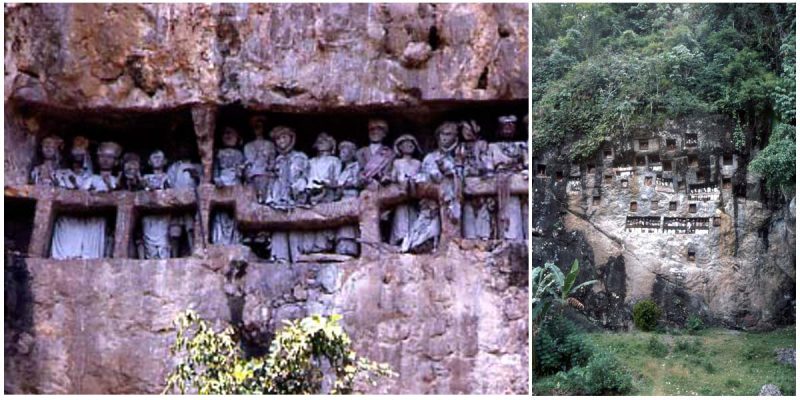The Toraja are an ethnic group indigenous to a mountainous region of South Sulawesi, Indonesia.
The population of Toraja lives in the regency of Tana Toraja.
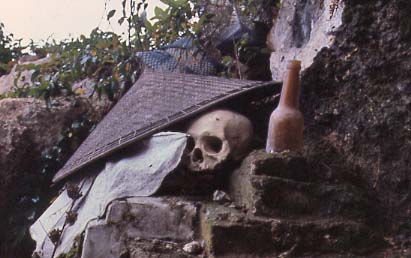
Most of the population is Christian and Muslim or has local animist beliefs known as Aluk Todolo (Way of the Ancestors).
In the Aluk society, the funeral ritual is the most elaborated and expensive event and in the animist religion only nobles have the right of an extensive death feast.
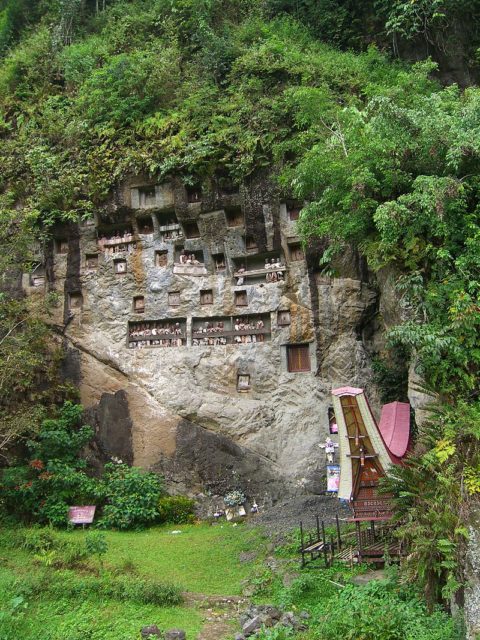
There is a ceremonial site which is called rante and it is prepared on a large field with specially made shelters for audiences, rice barns and other ceremonial funeral structures by the family of the deceased.
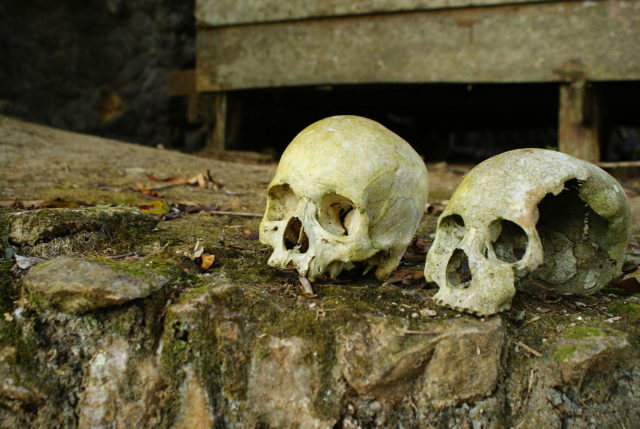
The ceremony is held for weeks or sometimes years after the death so the deceased’s family can raise the funds needed to cover funeral expenses.
They work extremely hard to accumulate wealth and do not save their money for good living, instead, they save the money for the journey of death.
The family’s status is marked by the extravagance of the funeral.
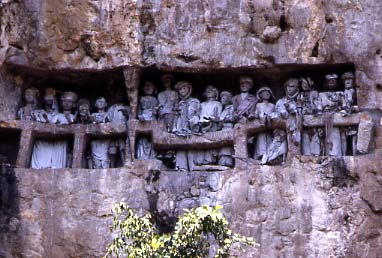
During this process, the body of the deceased is wrapped in several layers of cloth and kept under the Tongkonan (a boat-shaped traditional ancestral house).
It is believed that the soul of the deceased linger around the village, until the funeral ceremony is ready.
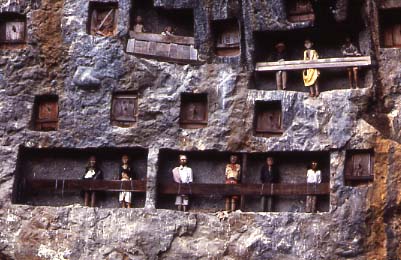
The most interesting part of this ceremonial funeral are the Tau tau effigies. In translation, Tau tau means ‘man statue’ and they are made of wood or bamboo.
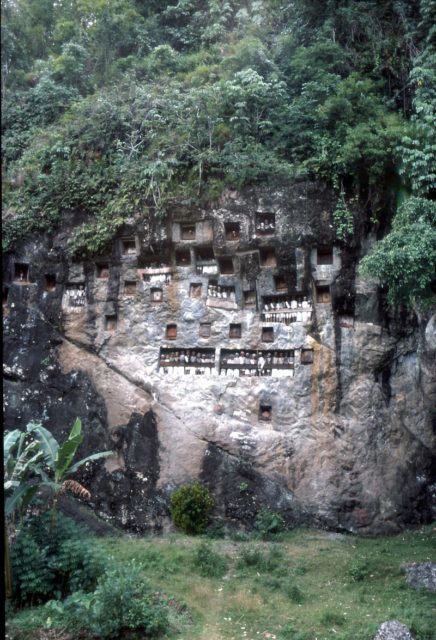
The Torajan people equip the effigies with small possessions because they believe that the dead take their possessions with them.
The Tau tau is usually placed in a cave tomb looking out over the land of Tana Toraja.
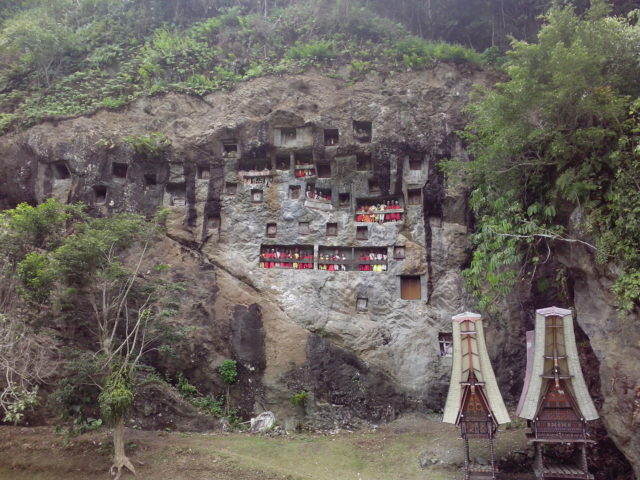
In 1980s, the Tau tau wooden effigies became a target for grave robbers who stole the possessions and sold the figures to museums.
After that, the Torajans hid their Tau tau in various undisclosed locations.
Today, this kind of effigies can be found in Europe, America and Jakarta. Once they were even on display at the Smithsonian Institution in 1991.
